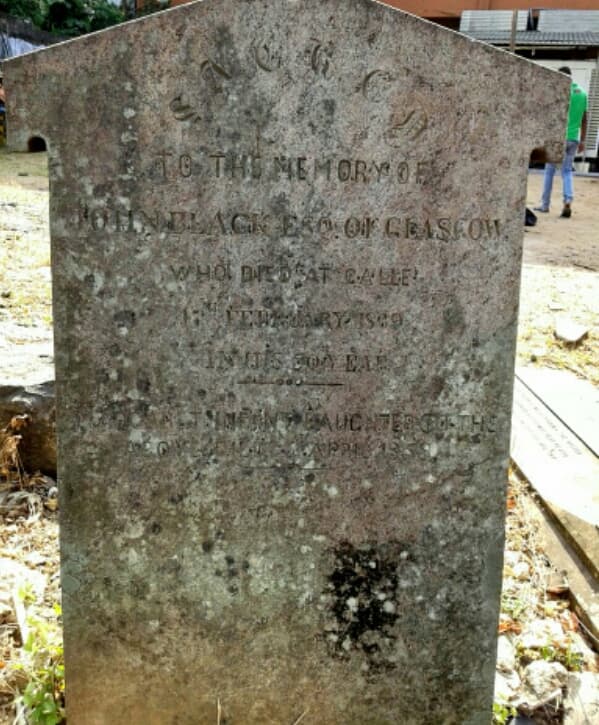
Dutch Cemetery Galle
A solemn resting place revealing Galle's colonial past through the stories etched on its historic headstones.
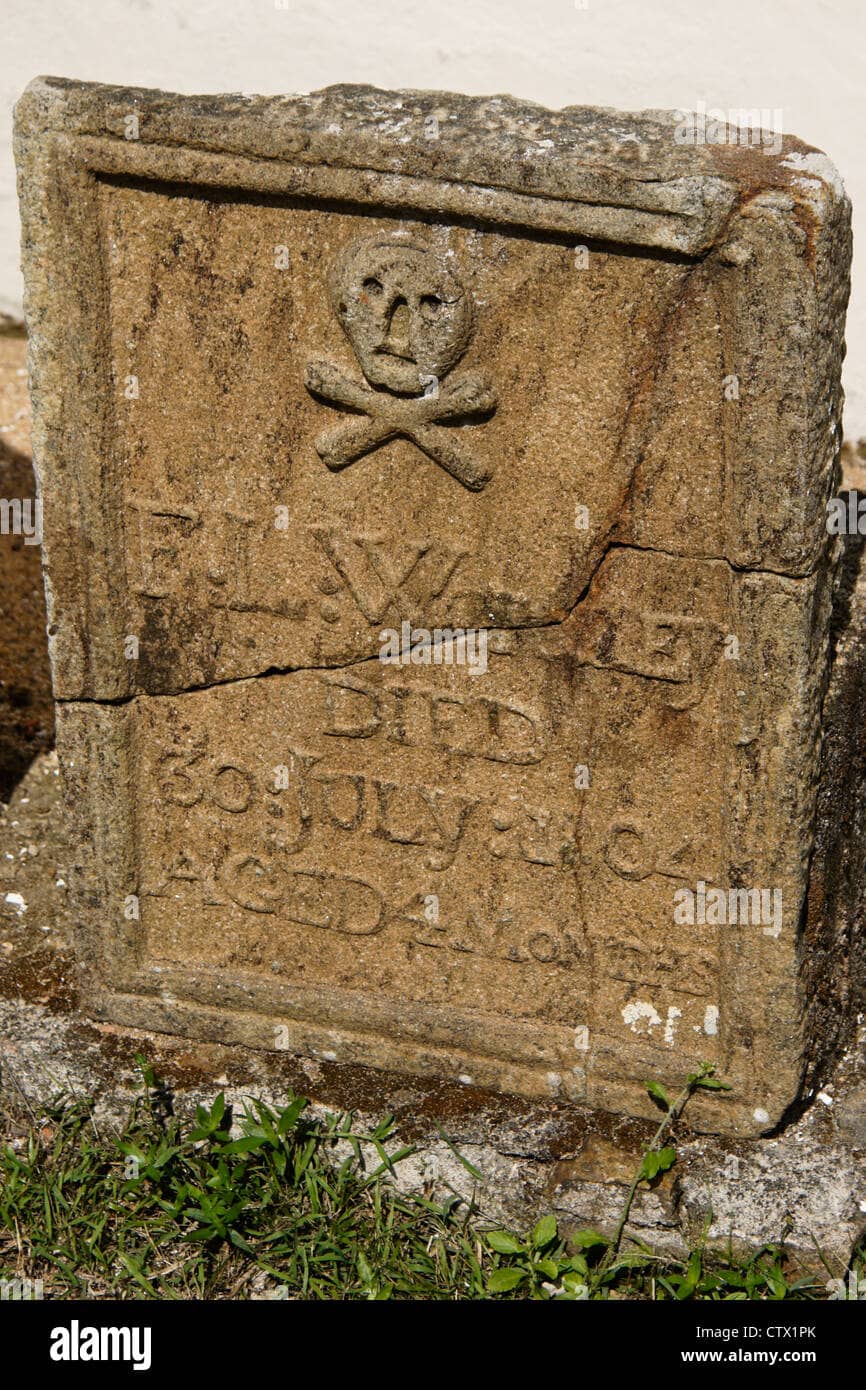
Highlights
Must-see attractions

Social
From TikTok & Reddit
Best Time
Beat the heat and crowds

Dutch Cemetery Galle
Best Time
Beat the heat and crowds

Highlights
Must-see attractions
A solemn resting place revealing Galle's colonial past through the stories etched on its historic headstones.
"Discover the lives of foreign merchants, sailors, and civil servants buried in this poignant historical cemetery."
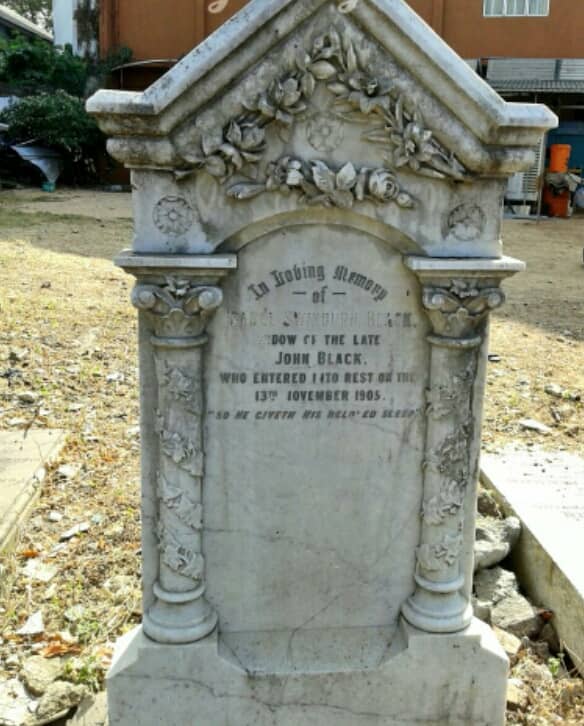
🚶♀️ Walk with Respect
Tread lightly and observe quietly. This is a place of remembrance, not a tourist attraction.
🧐 Read the Headstones
Each inscription tells a story of Galle's colonial past. Look for names and dates to learn more.

Highlights
Discover the most iconic attractions and experiences

Headstones of Foreign Dignitaries
Throughout the cemetery
Discover the final resting places of early foreign consuls, merchants, and civil servants, each with a unique story.
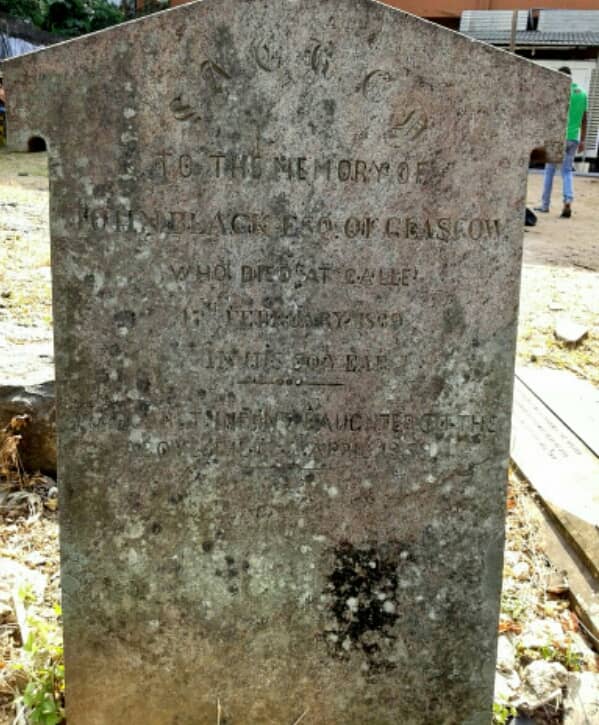
John and Isabel Black's Grave
All Saints Cemetery
Locate the tomb of the first American Commercial Agent and Consul to Ceylon, a significant historical marker.

Glimpse into Colonial Life
Throughout the cemetery
Piece together Galle's diverse port city history by reading the inscriptions of sailors, scholars, and travelers.
Plans like a pro.
Thinks like you
Planning Your Visit
Respectful Exploration
Uncover Colonial History
Best Times
Insider Tips
from TikTok, Instagram & Reddit
🚶♀️ Walk with Respect
Tread lightly and observe quietly. This is a place of remembrance, not a tourist attraction.
🧐 Read the Headstones
Each inscription tells a story of Galle's colonial past. Look for names and dates to learn more.
📸 Capture the Atmosphere
The old stones and lush greenery create a unique, atmospheric setting for photography.
💧 Stay Hydrated
Galle can be hot and humid. Carry water, especially if you plan to spend time exploring.
Tips
from all over the internet
🚶♀️ Walk with Respect
Tread lightly and observe quietly. This is a place of remembrance, not a tourist attraction.
🧐 Read the Headstones
Each inscription tells a story of Galle's colonial past. Look for names and dates to learn more.
📸 Capture the Atmosphere
The old stones and lush greenery create a unique, atmospheric setting for photography.
💧 Stay Hydrated
Galle can be hot and humid. Carry water, especially if you plan to spend time exploring.
What Travellers Say
Reviews Summary
Visitors find the Dutch Cemetery in Galle to be a poignant and historically rich site, offering a unique glimpse into the lives of colonial-era foreign residents. While some find the inscriptions weathered, the overall atmosphere is one of respectful remembrance and historical discovery. It's a quiet, contemplative space within the bustling Galle Fort.
"Frist American Commercial Agent and Consul to Ceylon John Black and Isabel Black are buried in the All Saints cemetery in Galle alongside members of the British civil service from India, China, and Ceylon and even a Consul from Prussia. Walking around the cemetery, Galle’s history as a diverse port city unfolds by reading the headstones of foreign scholars, sailors, merchants, and travelers (including one American) buried there"
Farhan Nizamdeen
What People Like
What People Dislike
Frequently Asked Questions
🚇 🗺️ Getting There
The Dutch Cemetery is located within Galle Fort. You can easily walk to it from most accommodations inside the fort. If arriving by tuk-tuk or taxi, ask to be dropped off near the fort's main entrance, and it's a short stroll from there.
Parking within Galle Fort is limited and often restricted. It's best to park outside the fort walls and walk in, or use public transport and tuk-tuks.
Tuk-tuks can drop you off at the entrance of Galle Fort, and from there, it's a pleasant walk. Navigating the narrow streets within the fort by tuk-tuk might be challenging.
🎫 🎫 Tickets & Entry
Entry to the Dutch Cemetery is generally free, as it's a historical site and a place of remembrance. However, donations are often appreciated to help with its upkeep.
The cemetery is typically accessible during daylight hours. It's an open-air site, so there are no strict closing times, but it's best to visit when there's sufficient light.
No, there is no official entrance fee. Visitors are welcome to explore the cemetery respectfully.
🎫 🧭 Onsite Experience
You can see numerous historical headstones and tombs belonging to foreign residents from the colonial era, including British, Dutch, and other European individuals. It offers a unique historical narrative.
A visit can take anywhere from 30 minutes to an hour, depending on your interest in reading the inscriptions and exploring the different sections.
The paths within the cemetery can be uneven and are not always paved, which might pose challenges for those with mobility issues. It's advisable to proceed with caution.
While there aren't official guided tours, local guides within Galle Fort may offer insights into the cemetery's history. You can also explore independently and read the inscriptions.
It's a significant historical site reflecting Galle's past as a major colonial port, housing the graves of various foreign nationals who lived and worked there.
📸 📸 Photography
Yes, photography is generally allowed. However, it's important to be respectful of the solemn nature of the site. Avoid intrusive or disrespectful photos.
Early mornings or late afternoons offer the best light for photography, with softer shadows and a more atmospheric glow.
Drone usage is generally not permitted in historical sites and residential areas within Galle Fort due to privacy and safety concerns.
For Different Travelers
Tailored advice for your travel style
👨👩👧 Families with Kids
Combine the cemetery visit with other family-friendly activities within Galle Fort, such as exploring the ramparts for ocean views or visiting the Maritime Archaeology Museum. These activities offer a more dynamic experience for younger visitors while still providing historical context. Remember to carry plenty of water and snacks, and consider visiting during cooler parts of the day.
🚶 History Buffs & Genealogists
Researching the individuals buried here beforehand can enhance your experience. Knowing who you are looking for can make the exploration more focused and rewarding. The cemetery is a direct link to the past, allowing you to connect with the personal histories that shaped Galle's colonial narrative.
Deep Dives
In-depth insights and expert knowledge
A Window into Colonial Galle
Many of the individuals buried here played significant roles in the administration, trade, and social fabric of colonial Ceylon. You might find the resting places of individuals who were instrumental in establishing trade routes, managing colonial affairs, or simply seeking a new life in this tropical outpost. The cemetery serves as a poignant reminder of the human stories behind the grand historical narratives, highlighting the personal sacrifices and contributions made by these foreign residents. It’s a quiet space that invites contemplation about the interconnectedness of history and the lives of ordinary people caught in extraordinary times.
For those interested in genealogy or history, the Dutch Cemetery offers a unique opportunity to connect with the past. While some inscriptions may be weathered, many are still legible, providing names, birth and death dates, and sometimes even epitaphs that offer a glimpse into the beliefs and sentiments of the time. It’s a place where history comes alive, not through grand monuments, but through the quiet dignity of individual lives remembered.
Navigating Galle Fort's Historical Sites
Many visitors find that exploring Galle Fort on foot is the best way to soak in the atmosphere and discover hidden corners. Consider wearing comfortable shoes, as the cobblestones can be uneven. For a deeper understanding of the fort's history, you can hire a local guide who can share fascinating anecdotes and point out significant landmarks. Some guides might even offer specialized tours focusing on specific aspects of the fort's past, such as its architecture or its role in trade.
When planning your visit, remember that Galle Fort can get quite warm, especially during the midday sun. Staying hydrated and taking breaks in shaded cafes is advisable. The best times to visit are typically early morning or late afternoon when the heat is less intense and the light is ideal for photography.




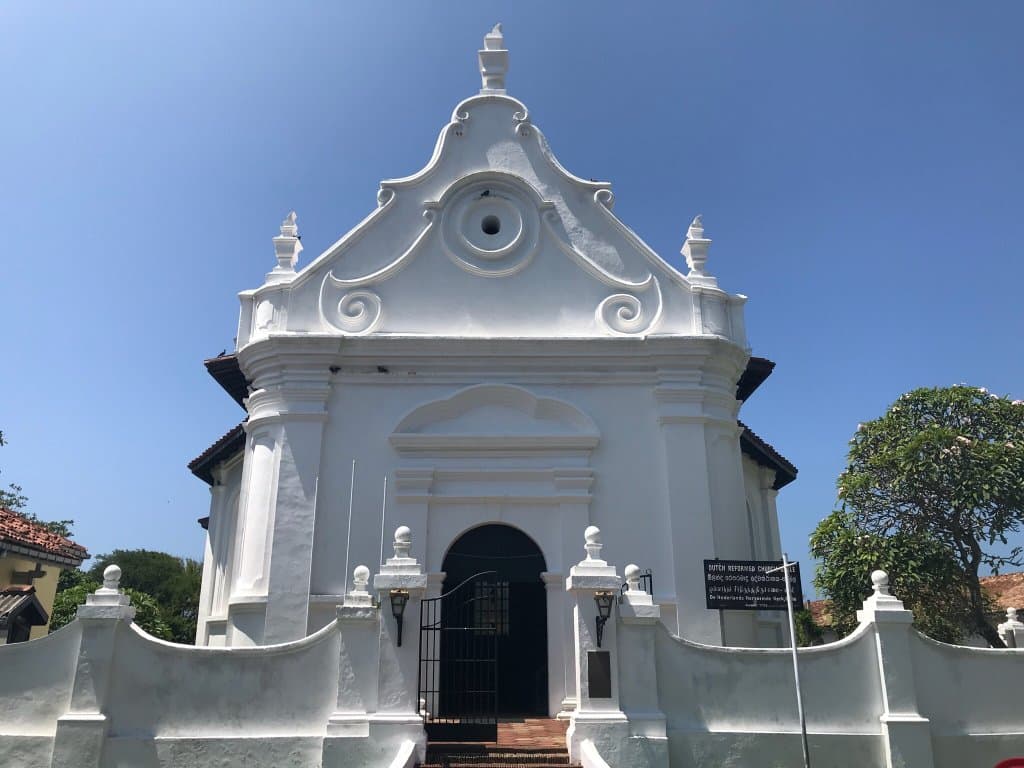
Social
from TikTok, Instagram & Reddit